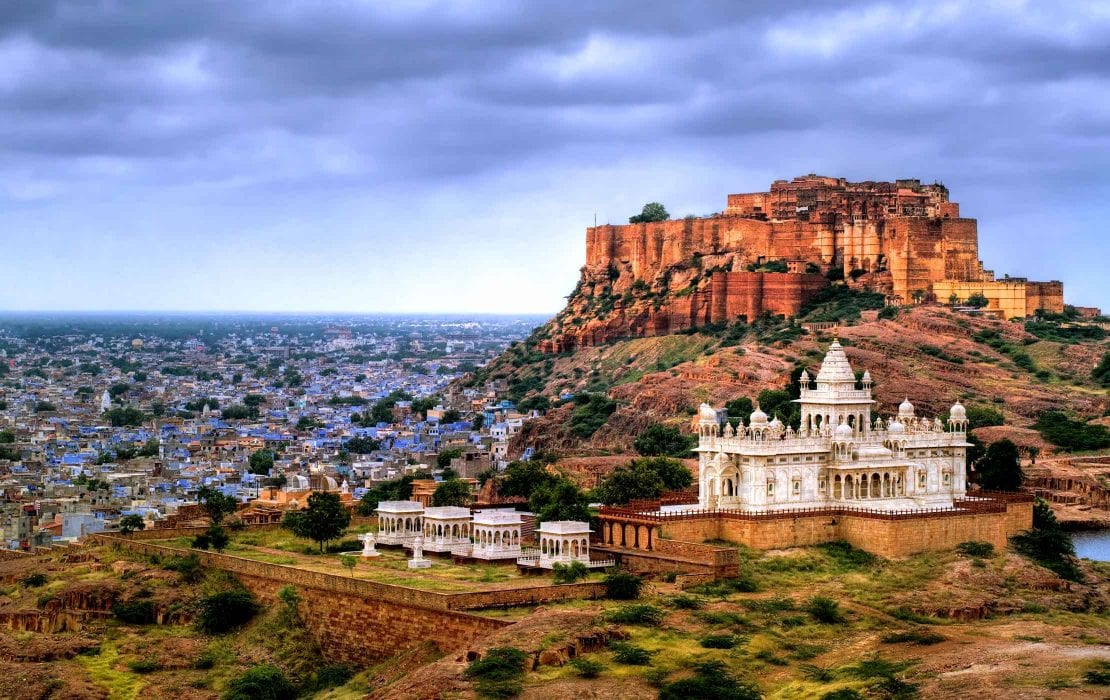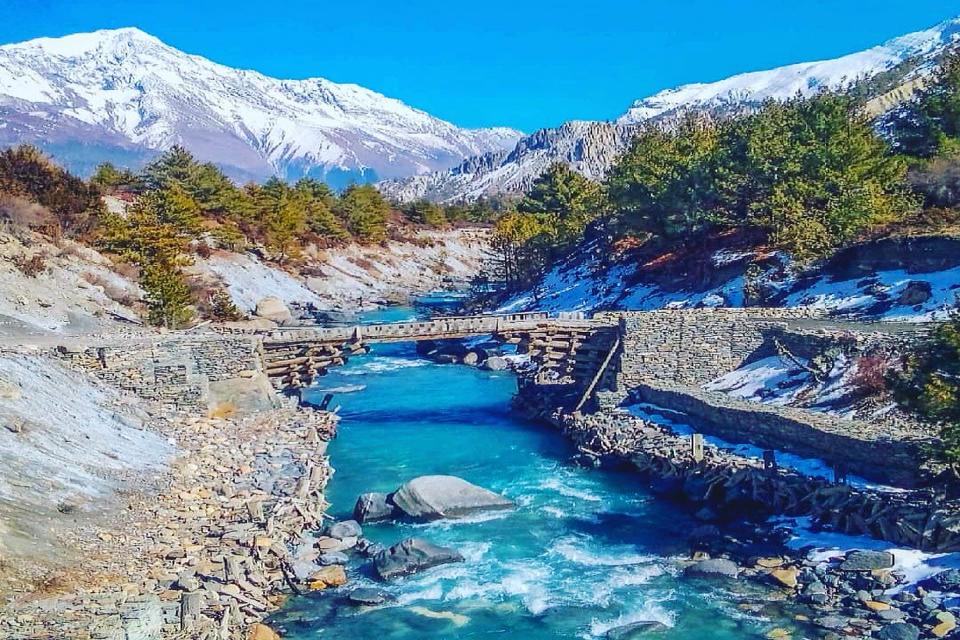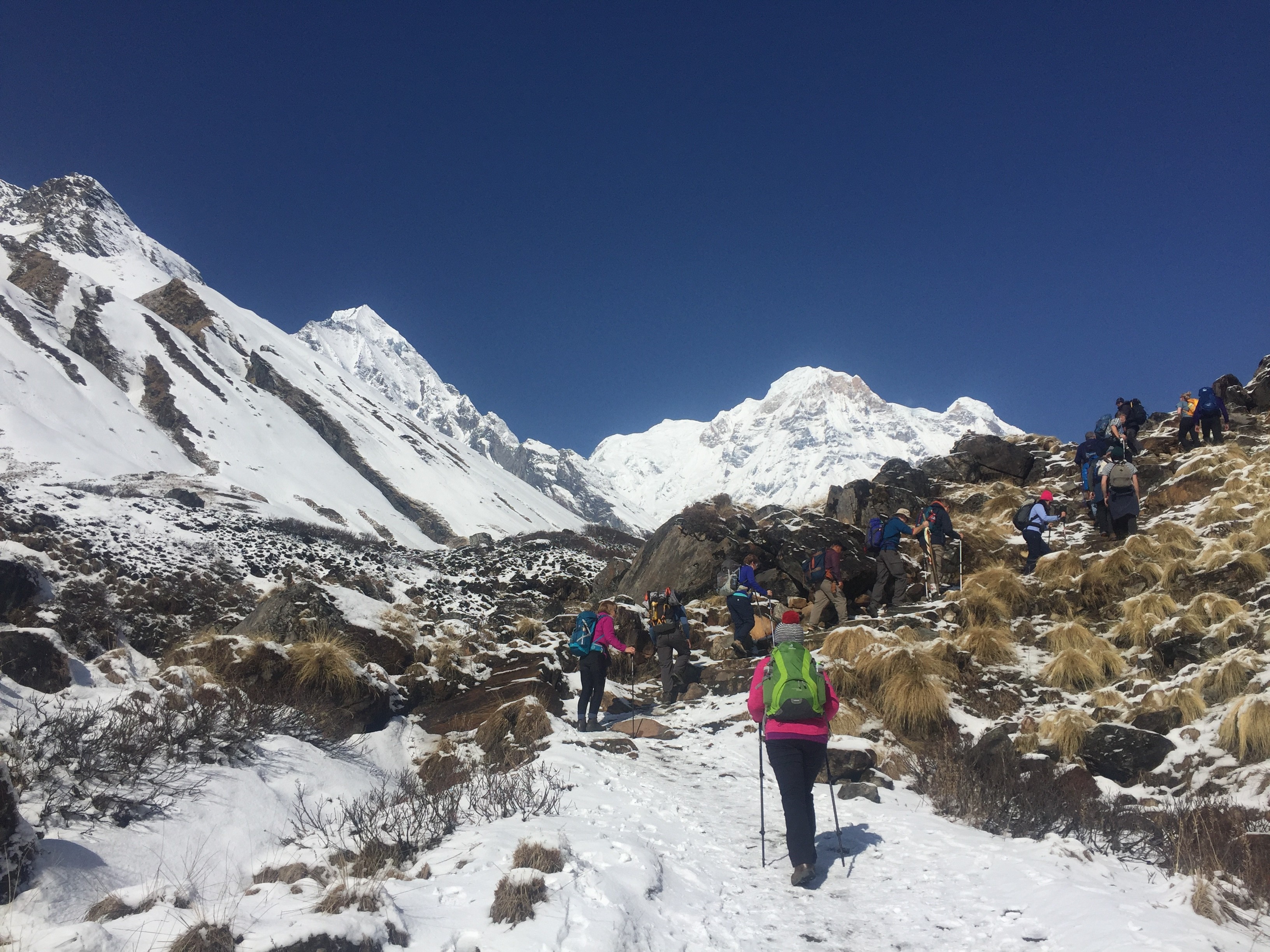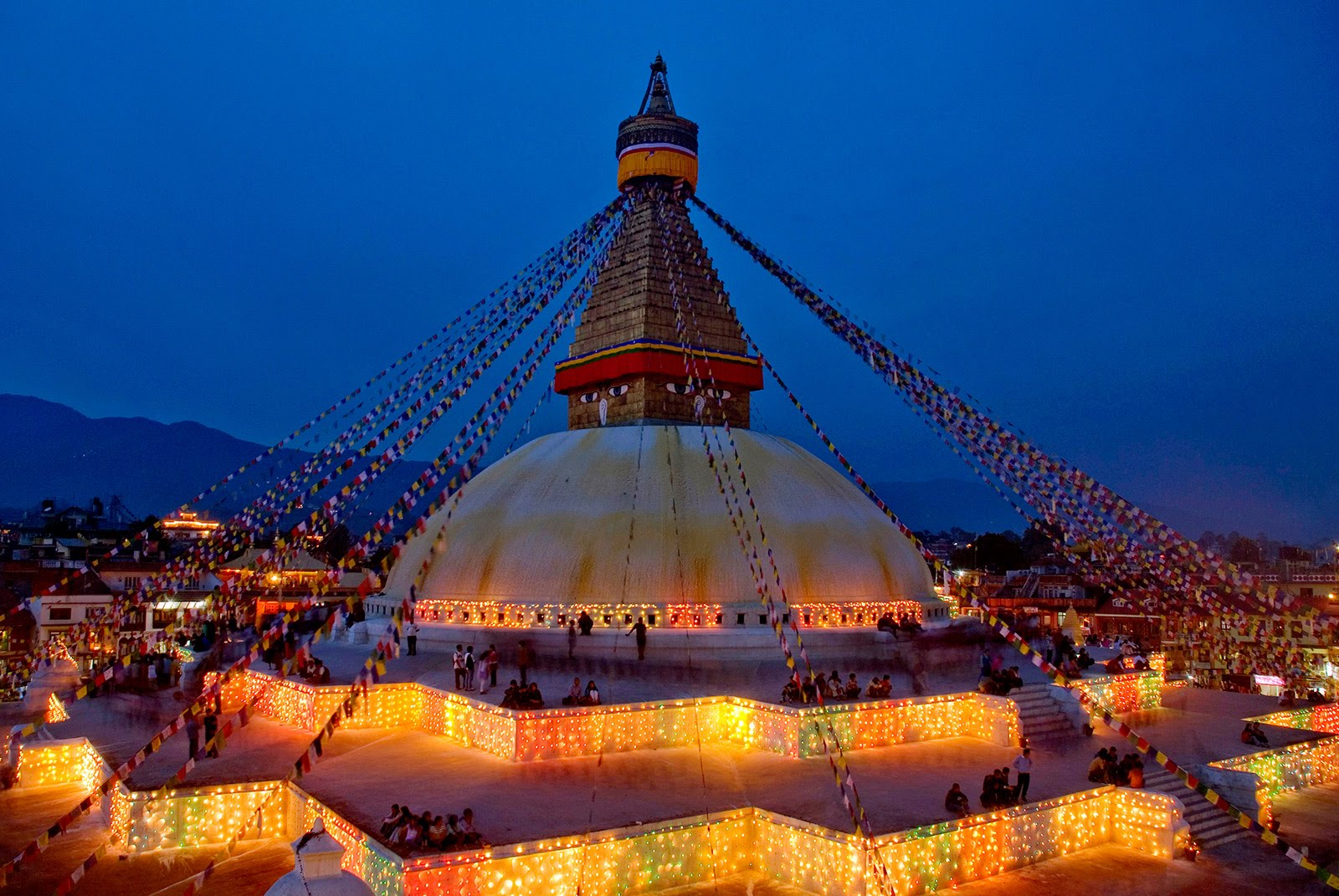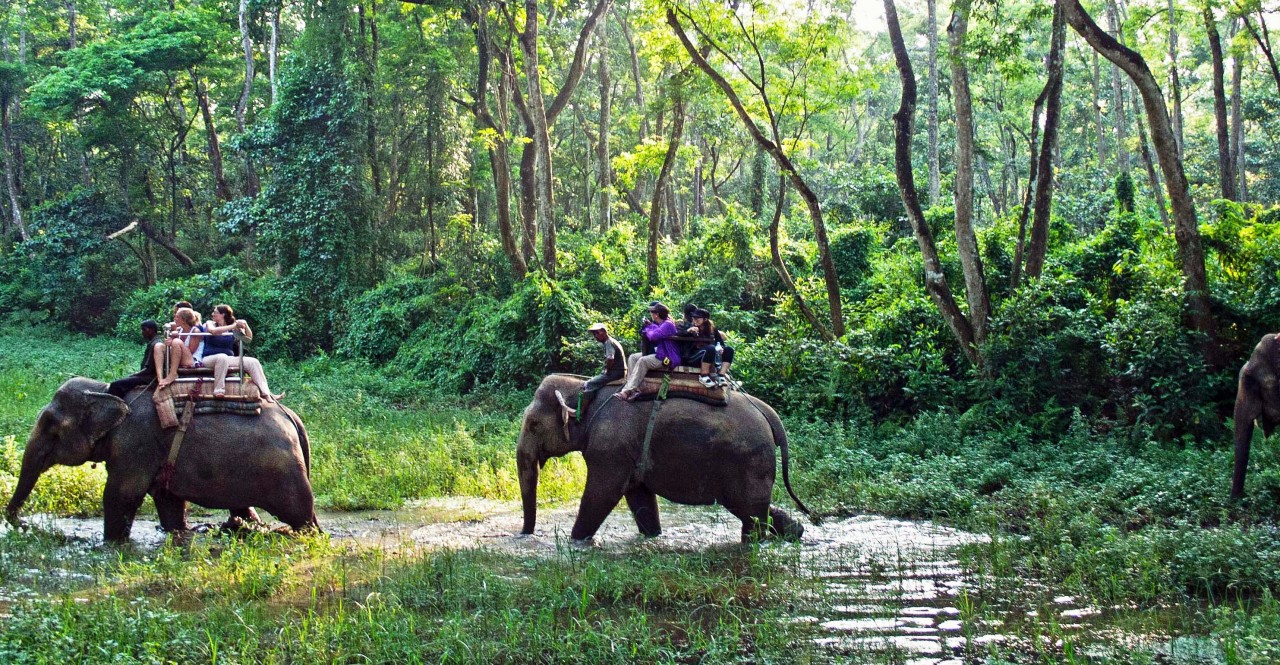Rajasthan, an Indian state near Pakistan’s border, lies in northern India. Because of its geography, which includes the vast Thar Desert and the majestic Aravalli Ranges, this amazing state is a popular destination.
Rajasthan is also a wonderful place as a center of Rajput culture to discover palaces and temples built by the kings of the past. As you cross the state, you want to add as many points as you can to your itinerary in Rajasthan.
Mount Abu
Mount Abu is a hill station offering outstanding views of the vicinity. A rocky summit plateau means a large area to explore, let alone plenty of attractions.
Nakki Lake is a must-see place near Mount Abu, and even you can rent a budget paddle boat to take a dip into the water and admire the lake’s hills.
The Dilwara Temples will also be of interest to Mount Abu. These Jain temples date back to the 12th century and are sculpted of exquisite white marble.
Bikaner
Though a Palace, a historical fort, and even a Camel Research Center live in the city of Bikaner, many Indians know it as a place of sweet tooth foodies.
Kesar Kulfi, a sweet and ice cream dessert that is delicious on a hot afternoon is one of the local specialties you definitely want to try.
Desert safaris are also popular in Bikaner and you can go gambling in the wilderness and enjoy the local culture and scenery.
Bikaner fort Junagarh, which was built in the 16th century and now contains a large museum in the region, is not to be missed.
Chittorgarh
On the banks of the Berach River Chittorgarh is famous for its impressive attraction: the Fort Chittorgarh. Built-in the 7th century, the fort has seven gates and it is one of the largest in India.
The fort is fantastic and it can be difficult to see all in one day. Start with the Victory Tower which has a beautiful light every night, built in the 15th century.
Take the time to visit Rana Kumbha Palace, the oldest part of a fortress, and the Meera Temple to honor Vishnu.
Ranthambhore National Park
Also known as one of the top spots on earth to see tigers in the wilderness, the National Park is a wildlife sanctuary.
To explore the park and see the animals close up, you can book a wildlife safari. For those that are more courageous, a smaller open-top vehicle named gypsy offers a little more protection and the large open-top vehicles known as canters.
Ranthambhore National Park, in addition to its tigers, also has wildlife including leopards, hyenas, sloth bears, and more. You will also have the opportunity to visit Ranthambhore Fort on a safari, dating from the 10th century.
Bundi
The town of Bundi is a unique destination and is known for its fountains. While this water collection system in Bundi is no longer used, there are still over 50 steps that can be seen in the city.
The best known is the Queen’s Step Well which is more than 200 steps and dates back to the 15th century. The Taragarh Fort built in the 16th century and now home to a beautiful collection of works of art is also notable in Bundi. Escape from the urban world on one of Bundi’s lakes or take the Ramgarh Vishdhari Shrine for a wildlife safari.
Pushkar
The Holy City of Pushkar is best known for its temple of Brahma and its annual camel fair. Brahma is in Hindu religion one-third of the holy trinity, and Pushkar is said to be Brahma’s birthplace.
It is impossible to miss the Brahma temple in Pushkar due, in particular, to the frequent chants which take place several times a day.
There are also several other temples of Vishnu, Savitri, and Shiva in Pushkar. A camel fair and a Hindu pilgrimage come alive in Pushkar every November.
Jodhpur
On the edge of the Thar Desert is Jodhpur, which is the Blue City. The colorful nickname comes from the city’s numerous blue homes that make it appear blue from above.
Jodhpur is a historic destination full of forts and temples with a lot of appeals. No tour of Mehrangarh Fort, the biggest fort in Rajasthan, in the 15th century, will be complete.
The complex of fortresses includes an impressive mirrored space, complex sandstone screens in the Zenana Deodi, the Mataji Temple in Chamunda, and even many costumed individuals who bring it into life.
Jaipur
The capital of Rajasthan is Jaipur, a vibrant town full of interesting attractions. Jaipur forms an angle of the Golden Triangle and is a perfect gateway to Rajasthan’s lesser-known destinations.
Jaipur consists of three main forts: Amber fort, Nahargarh fortress, and Jaigarh fort. The City Palace, which blends Mughal and Rajput architecture and is so massive that the majority of travelers can’t see it all in one day, is also worth visiting. A host of shrines and a large bazaar come alive every night when the sun sets in Jaipur.
Jaisalmer
Jaisalmer is an outstanding town on the edge of the Thar Desert, also called the Golden City. The Jaisalmer Fort or Sonar Qila, still a living place, is the dominant feature of Jaisalmer.
Jaisalmer works entirely, and in the fort, you’ll find private homes, shops, and even restaurants, unlike almost all other fortifications in India.
Shopping in the Fort with traditional souvenirs such as bronze statues and silver jewelry is an enjoyable experience.
There are also a number of temples within the fortification walls. The temples of Jain date to the 12th century and in the morning are most of them open to the general public.
Also Read: Famous Historical Hill Forts of Rajasthan
Udaipur
Udaipur is known as the city of lakes, so the main attraction should not be surprised. Two of the largest lakes, Fateh Sagar and Pichola, are not less beautiful.
The key reason to visit Udaipur is the opportunity to explore the palace of Udaipur, a series of architecture-style palaces, museums, and gardens.
The City Palace also provides shrines, temples, royal residences as well as art collections. The Jagdish Temple, Udaipur’s most prominent temple is situated to the north of the palace. The temple, built for Lord Vishnu, features wonderful gravure, and now an emblematic sight of the city.
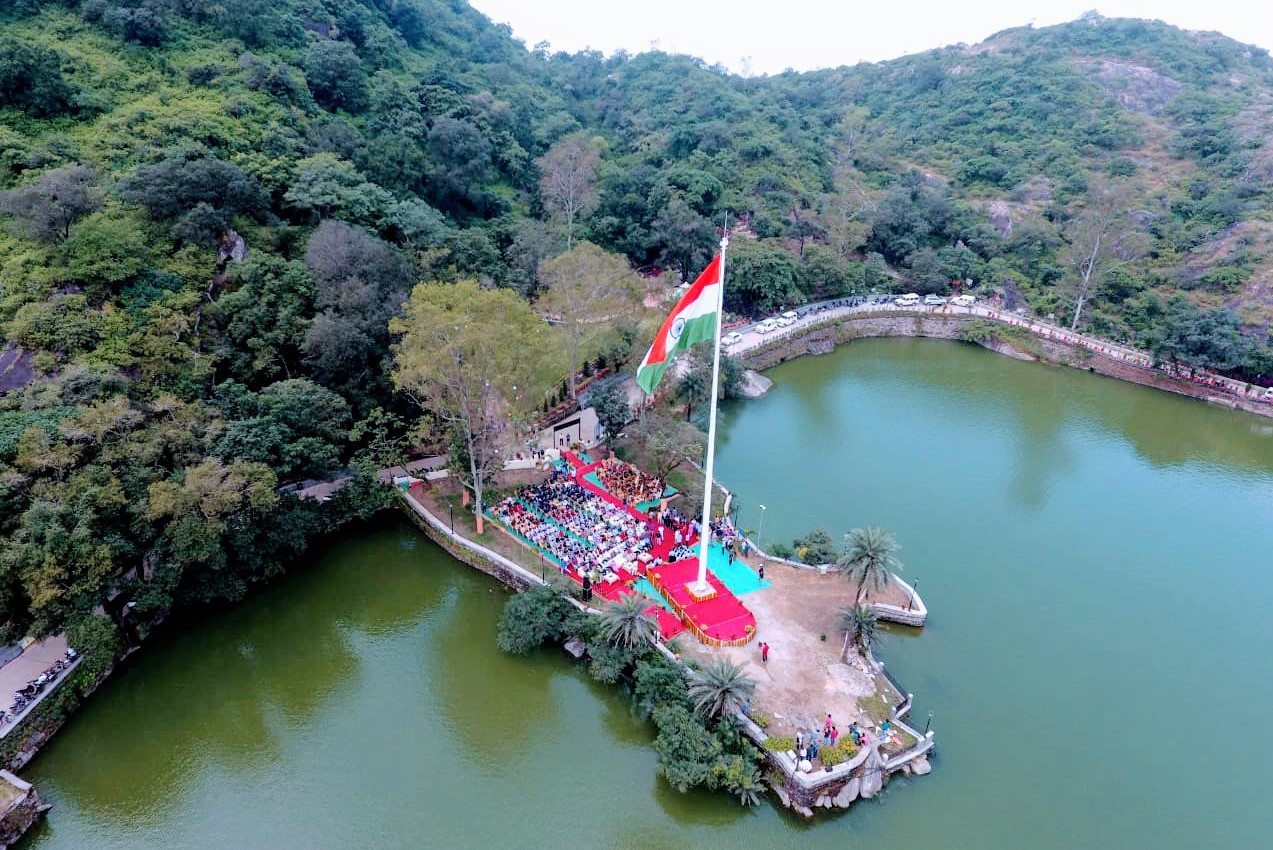

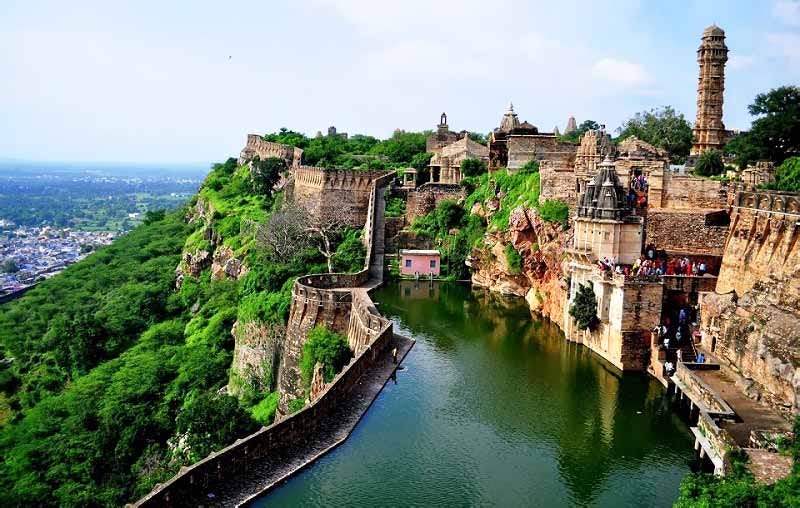
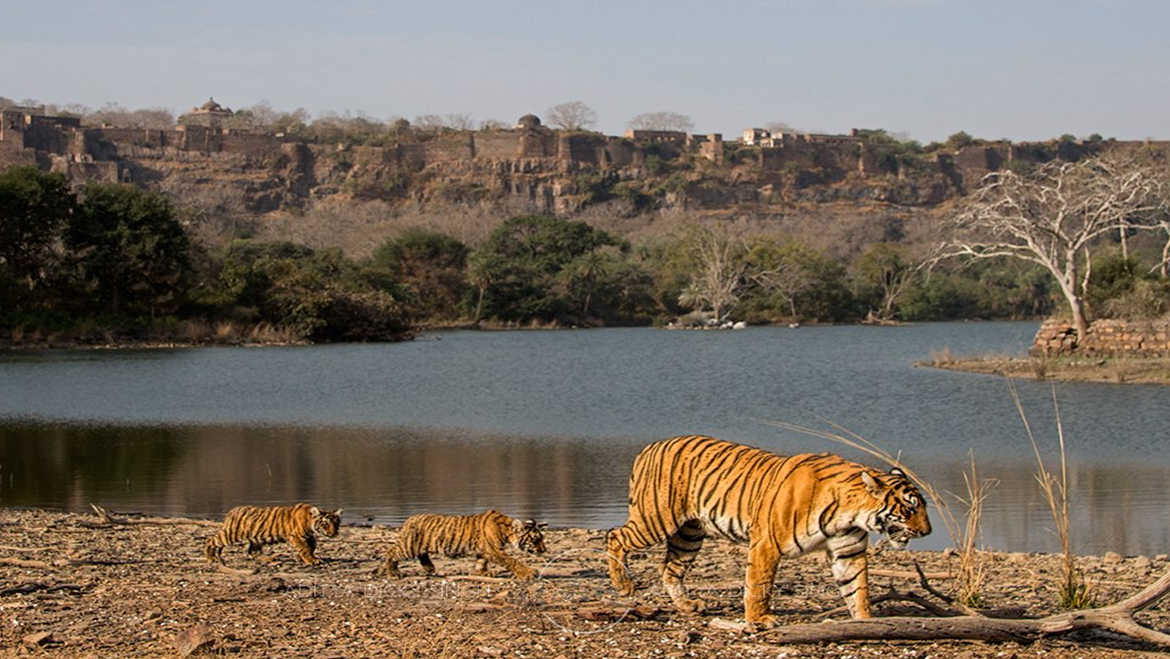
/GettyImages-645096306-5c0a31ef46e0fb00018d0aa8.jpg)

